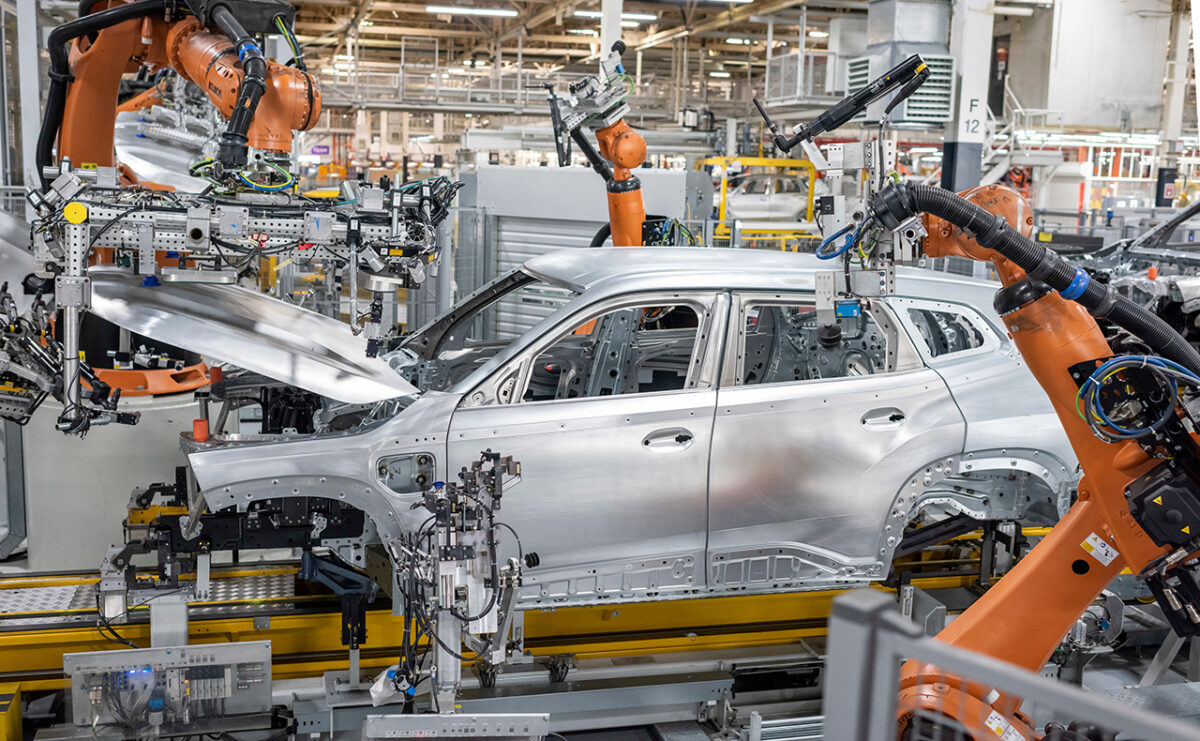In the fast-paced industry of automotive manufacturing, volatility in the market can create major challenges and also opportunities. Here, we discuss strategies to effectively adapt your business. Through understanding these trends, businesses can better manage their risk and take advantage of new opportunities in the field.
Table of Contents
Understanding Market Volatility in the Auto Manufacturing Industry
The manufacturing of automobiles is impacted by a myriad of external factors that cause market volatility. The effects of economic fluctuations, changes in consumer preferences, as well as disruptions to supply chains can result in an environment that is unpredictable. Automotive companies must be aware of these elements to prepare themselves for success.
Market volatility is typically caused by changes in the global trade policy as well as technological advances. In particular, the advent of electric cars has changed the consumer market and has impacted the traditional manufacturing process. Businesses must be flexible and adapt their business strategies to meet these new demands.
Another important aspect of fluctuating markets involves the cyclical demand that is prevalent in the automotive industry. In times of economic turmoil, there can be lower consumer purchasing capacity, which affects the production and sales of vehicles. To reduce the impact of these events, companies must diversify their offerings and discover new markets.
Learning Strategies for Risk Management
A well-planned risk control strategy is vital for automakers to deal with market fluctuations. Recognizing potential risks earlier helps businesses implement the appropriate safeguards and controls. Through implementing an active risk management strategy, firms can secure their assets while ensuring operating continuity.
Automobile manufacturing companies should participate in scenario planning in order to anticipate a variety of market outcomes. This involves developing different models of market behaviour and developing strategies to deal with them. Risk management needs to be flexible and adaptable, using real-time information to make educated choices.
Another crucial approach is to create solid relationships with suppliers and other stakeholders in the industry. The development of a robust supply chain can ease disruptions and ease operations during unstable times. Risk-sharing methods that are collaborative can help improve general stability in the environment.
Enhancing Operational Flexibility
The ability to operate with flexibility is vital for automakers who are facing markets that are volatile. Flexible manufacturing processes allow companies to respond quickly to changing demand patterns and consumer demands. About 99% of cars sold that are sold in the U.S. get recycled and transformed into raw materials, then reshaped during the manufacturing process, which demonstrates a shift toward sustainable methods of production.
A good way to improve flexibility is to invest in modern manufacturing technology. Automation and digitalization can help streamline production processes, resulting in improved efficiency and decreased time to market. Through embracing these innovations, companies can increase their ability to adapt to market changes.
Furthermore, having a modular supply chain system permits quick reconfiguration to accommodate different requirements for production. This flexibility helps manufacturers to better match their resources to demand from the market. Implementing such strategies helps ensure that businesses remain competitive even in uncertain conditions.
Navigating Regulatory Challenges
The manufacturing of automobiles is often governed by strict regulations that could impact operational procedures. In order to meet these challenges, businesses need to be informed and adaptable with their compliance strategies. By integrating compliance with regulatory requirements within their culture of operation, businesses can reduce the legal risk and increase trust with their stakeholders.
Processes for painting in the manufacture of vehicles could benefit greatly from automation. Automating the painting line will help you attain an efficient transfer rate and reduce operating costs through cutting down on waste material by as much as 30 percent. This is not just ensuring conformity with environmental regulations, but also increases operational efficiency.
Continuously updating your procedures to ensure they are in sync with changing regulations is crucial to ensure long-term success. A proactive approach to regulatory bodies will provide insight into the upcoming changes and facilitate more seamless transitions. Being ahead of the curve in this area is a key factor to ensure that businesses remain competitive.
Future-Proofing Through Innovation
Innovation is the key element of the process of creating a future-proof automotive manufacturing business. Investing in research and development can allow businesses to research new business models and technologies. By encouraging an environment of innovation, businesses can gain competitive advantages that can withstand the volatility of markets.
New technologies such as autonomous and electric vehicles pose challenges as well as opportunities for the sector. Companies that embrace these advancements can adapt to evolving consumer needs while remaining relevant. It is the surfaces of the concrete are sealed once an application of a coating occurs, which reduces the production of dust as well as the build-up of dust, showing how technological advancements in the industry can lead to improvements in operational efficiency.
In addition, the cooperation with tech partners as well as joining in innovation networks can increase the use of cutting-edge technologies. These partnerships can offer invaluable insights and information that can help create a more creative and sustainable business environment. Through constant exploration of new opportunities, companies can ensure their viability in a changing environment.
Being able to adapt the market to fluctuations is crucial to survive and thrive in the automobile manufacturing sector. When these strategies are implemented, firms cannot only overcome obstacles but also benefit from new opportunities. Being proactive and creative can ensure long-term success and longevity in this ever-changing field.

